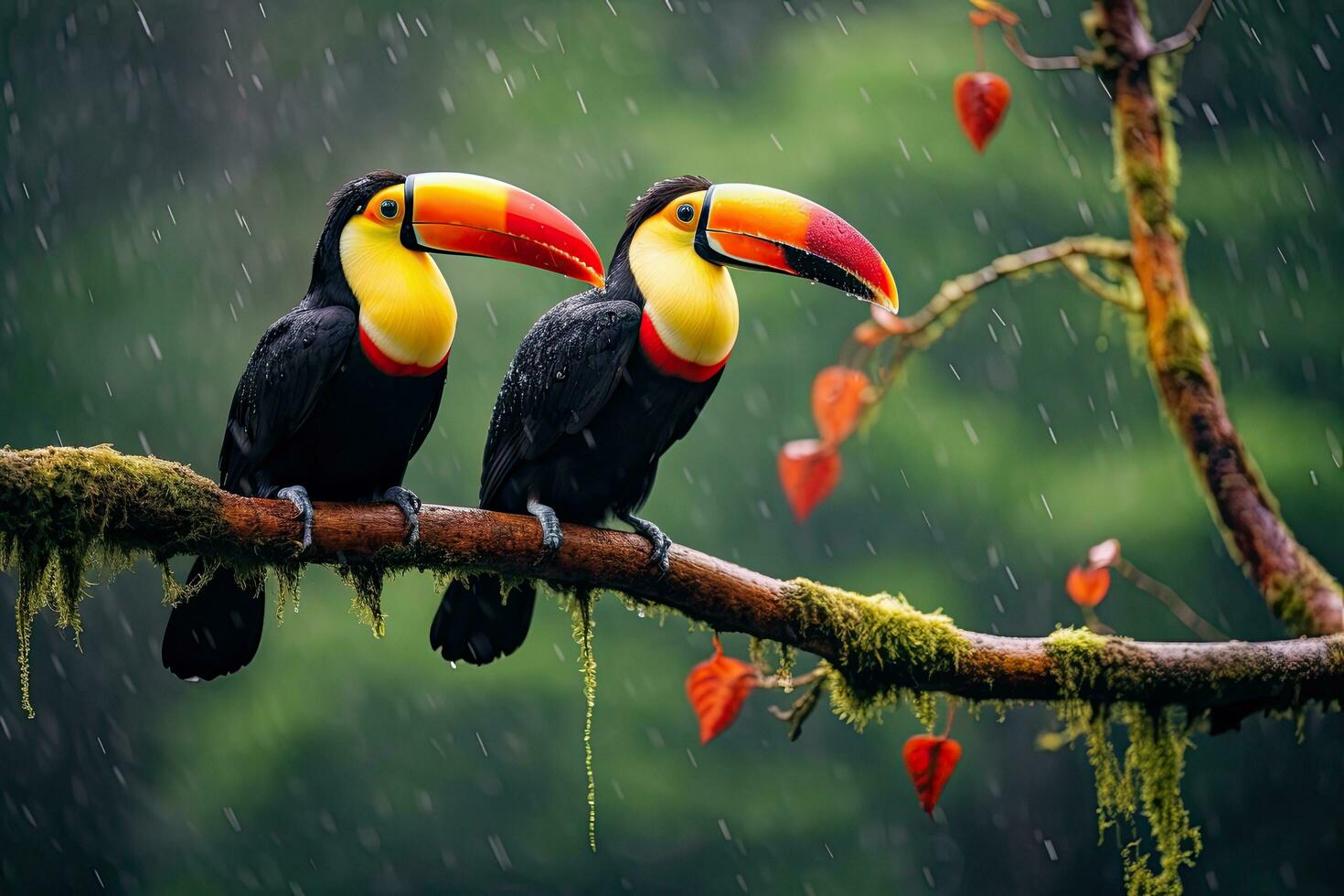Exploring The Cultural Significance of The Toco Toucan
-

- by Admin
- Aug 16, 2024

The largest toucan is the toco toucan, which is 63.5 cm long. Its largest and most distinctive feature is its huge colorful beak, which overshadows its black body and white throat.
Toco toucans are native to South America and live in a variety of environments, such as shrublands, savannas, and tropical forests.
One-third of the toco toucan's overall length, or roughly 19 centimeters, is made up of its vivid orange beak. The beak weighs less than you may imagine, nevertheless, despite its large size. The structure of the beak, which is made of the protein keratin, has several air spaces that enable a very low mass.
Moreover, current studies have shown that toucans control body temperature by modifying blood flow to their beak. Higher blood flow results in higher heat output. To keep warm as they sleep, toucans tuck their beak under their feathers.
Despite spending much of their time in trees, they are not very excellent flyers. Toucans mainly hop between trees to get around.
When they do manage to fly, they glide and flap their wings rapidly, covering little ground. Toucans build their nests in tree hollows. They frequently settle into holes that woodpeckers have made and left behind.
Meals of Toco Toucans
The primary food source for toco toucans is fruit, which they gather and peel with their beaks. The toucan's flat tongue, which is the same length as its beak, aids in its ability to collect insects, frogs, and reptiles. Occasionally, toco toucans will also consume other birds' eggs.
Toco Toucan Breeding
A single hollow is home to several toucans living together. Usually 2-4 times a year, they deposit their eggs in these cavities. The eggs are incubated by both parents for 16–20 days. Both parents stay to take care of the young after they hatch.
Toucan babies do not have abnormally huge beaks at birth. The beak expands as the bird matures.
Status of Conservation
Compared to other species, toco toucans are less vulnerable to the destruction of rainforests since they may dwell in a variety of habitats. Although their population size is unknown, it is assumed to be significant given how frequently they are sighted within their area. The IUCN lists the toco toucan as least concern as a result, and no special measures are taken to preserve the species.
1 Comments:
Leave a Reply